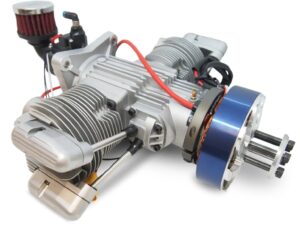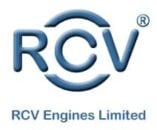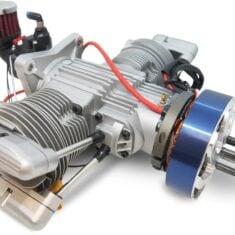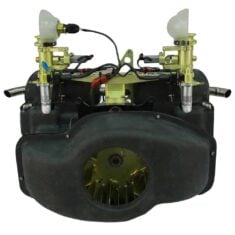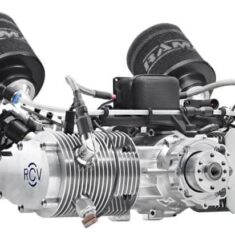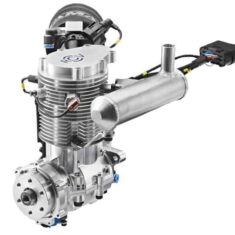Four-stroke engines are a form of internal combustion engine that are designed in such a way that their power cycle involves four distinct strokes of each piston for one revolution of the engine’s crankshaft – these strokes are known as intake, compression, combustion and exhaust.
Two-stroke engines Vs four-stroke UAV engines
Compared to two-stroke engines, four-stroke drone engines are typically bigger and heavier, making them more suitable for larger UAVs (unmanned aerial vehicles). With more moving parts, they require more complex maintenance. However, they are more fuel-efficient and produce lower emission levels, making them more environmentally friendly. They also utilize separate lubrication systems, thus doing away with the need to pre-mix engine oil into the fuel.
Multi-cylinder engine design
Four-stroke engines may be designed as single-cylinder engines, or have two or more cylinders. Multiple-cylinder engines take up more space and weight and thus may not be suitable for the smallest UAVs, but provide more power per stroke and smoother output. Multi-cylinder engines may also feature a “limp home” mode that allows the UAV to keep flying when a cylinder has been damaged.
Cooling methods
Four-stroke engines may utilize a number of different cooling methods:
- Air cooling uses ambient airflow to reduce excess heat, and is the simplest but least thermally efficient method.
- Liquid cooling provides better performance, but requires additional complex mechanisms that increase weight and maintenance requirements.
Four-stroke UAV engines may run on gasoline, methanol, or heavy fuels such as Jet A, Jet A1, JP-5 and JP-8. Heavy fuel operation is becoming more common as a requirement for military UAV engines, as many armed forces operate a “one fuel” policy requiring all vehicles, aircraft and equipment to run off the same fuel type in order to simplify logistics.





